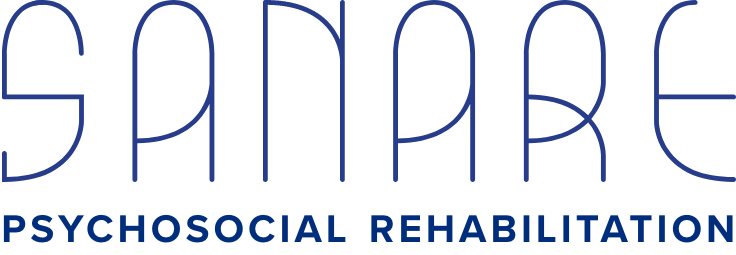
Exposure & Response Prevention
What is Exposure and Response Prevention (ERP)
Exposure and Response Prevention, commonly known as ERP, is a type of cognitive-behavioral therapy used to treat anxiety disorders. In simple terms, ERP involves gradually exposing oneself to feared objects or situations while refraining from engaging in compulsive behaviors or rituals that typically serve to reduce anxiety. The main idea behind ERP is to help individuals confront their fears head-on without resorting to their usual coping mechanisms.
By facing their fears in a controlled environment with the guidance of a therapist, individuals can learn that they do not need to rely on compulsions to manage their anxiety. This process allows them to retrain their brains and form new associations between fear triggers and the lack of negative outcomes.
ERP has been shown through research studies to be highly effective in reducing symptoms of various anxiety disorders, such as OCD, phobias, and PTSD. It empowers individuals by giving them the tools they need to confront their fears and live more fulfilling lives free from the constraints of anxiety-driven behavior patterns.
What is the research behind Exposure and Response Prevention
Exposure and Response Prevention (ERP) is a well-established treatment for anxiety disorders, including Obsessive-Compulsive Disorder (OCD). The evidence supporting ERP's effectiveness comes from numerous studies that have shown significant reductions in symptoms following treatment.
Research has consistently demonstrated that exposure to feared stimuli, paired with prevention of compulsive behaviors (or avoidance), leads to long-lasting symptom improvement. This approach challenges individuals to confront their fears gradually, building tolerance and reducing anxiety.
Studies have also highlighted the durability of ERP effects over time, indicating that gains made during treatment are maintained even after therapy ends. Additionally, brain imaging studies have provided neurobiological evidence supporting the mechanisms behind ERP's effectiveness in rewiring maladaptive neural pathways associated with anxiety.
The robust body of research supporting ERP as a highly effective intervention underscores its value in helping individuals overcome debilitating anxiety disorders like OCD.
ERP at Sanare Psychosocial Rehabilitation
Here are some of the many benefits of utilizing ERP in the real-world as we do as Sanare Psychosocial Rehabilitation.
Contextual Learning: Real-world ERP allows patients to confront their fears in the actual environments where their anxieties typically arise. This contextual learning enhances the therapeutic process by making the exposure exercises more relevant and applicable to their everyday lives. It helps patients generalize the skills they learn improving the likelihood of sustained symptom relief.
Increased Generalization: Anxiety symptoms often manifest differently in various environments outside the therapist's office. By practicing ERP in real-world settings, patients learn to apply their coping strategies when anxiety is highest. This broader application helps in generalizing the gains, making it more likely that they can manage their anxiety across various scenarios.
Real-Time Support and Guidance: Therapists can provide real-time support and guidance during real-world exposures, helping patients navigate challenging situations as they occur. This immediate feedback is crucial for reinforcing positive behaviors and assisting patients in effectively managing anxiety without resorting to compulsions or avoiding.
Enhanced Emotional Impact: Emotions and anxiety triggers are often more potent in real-world settings compared to the controlled environment of an office. Experiencing heightened emotional responses during exposures can provide therapists with valuable insights into the patient's triggers and responses, facilitating more targeted interventions and adjustments to the therapy plan.
Behavioral Activation: Engaging in ERP activities outside the office encourages patients to become more active and involved in their daily lives. This behavioral activation is an essential component of ERP, as it helps individuals gradually resume activities they may have been avoiding due to anxiety, thereby improving their overall quality of life.
Realistic Assessment of Progress: Progress in ERP therapy can be more accurately assessed when exposures occur in real-world environments. Therapists can observe how well patients manage anxiety triggers, resist compulsions, and apply coping strategies in the contexts where they matter most. This assessment informs adjustments to the treatment plan and reinforces the patient's confidence in their ability to manage anxiety.
